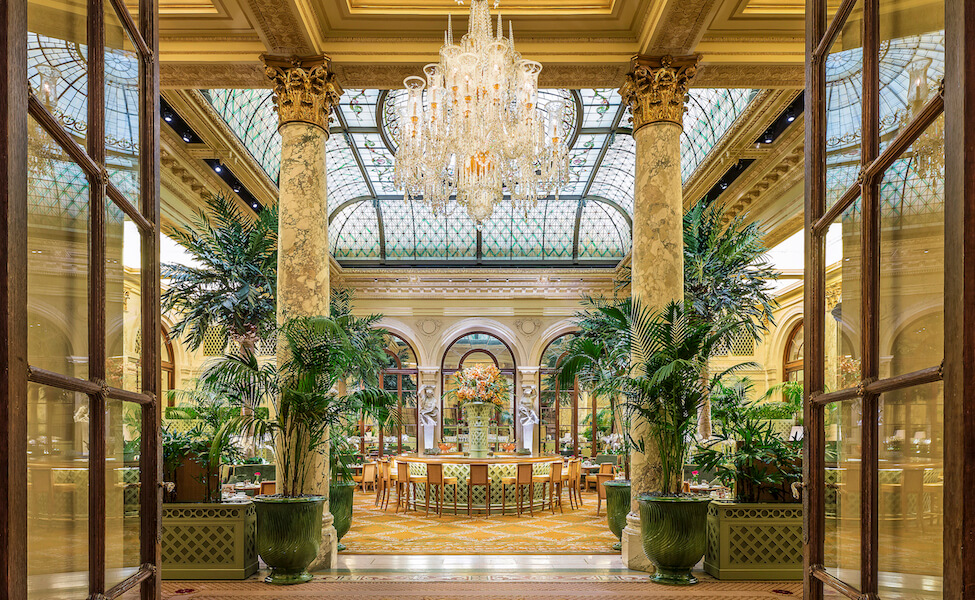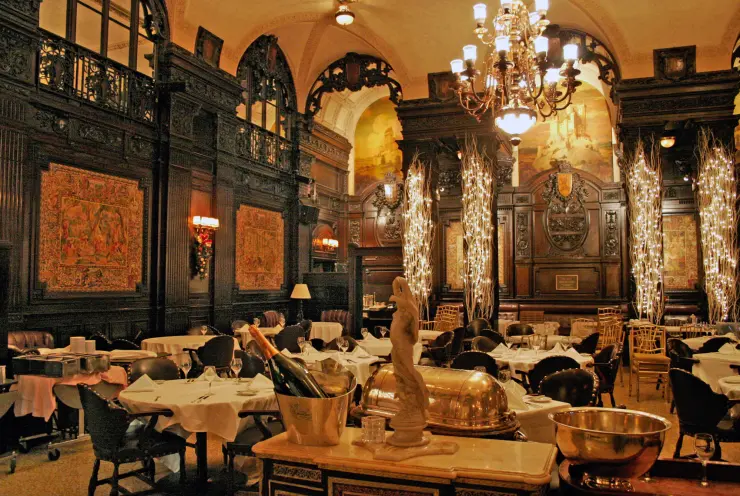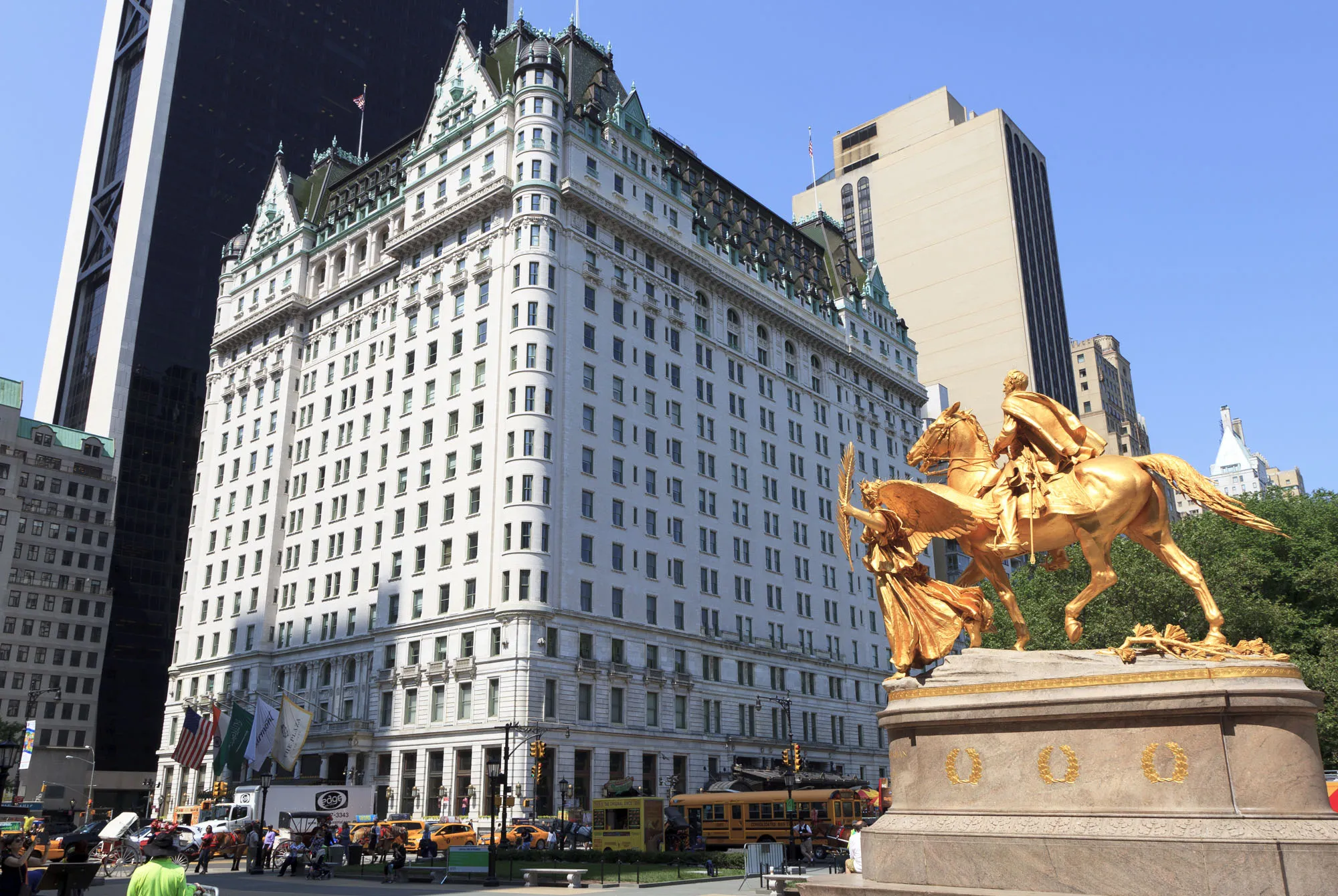Nestled in the heart of New York City, The Plaza stands as a timeless emblem of luxury, grandeur, and sophistication. With its iconic architecture, opulent design, and storied history, The Plaza has held a significant place in both the city’s skyline and its cultural tapestry. This article takes you on a journey through the architecture, design, and history of The Plaza Hotel, offering a glimpse into its enduring allure.
Architectural Marvel
Designed by renowned architect Henry Janeway Hardenbergh, The Plaza Hotel’s architecture is a fusion of various styles, most notably French Renaissance and Beaux-Arts. Opened in 1907, The Plaza’s distinctive facade features intricate detailing, including ornate balconies, decorative moldings, and a stunning mansard roof. The hotel’s exterior exudes a sense of grandeur and elegance, embodying the spirit of a bygone era.
Interior Splendor
Stepping into The Plaza is like entering a world of lavish elegance. The interior design is equally impressive, with various designers and decorators contributing to its unique atmosphere over the years. The Palm Court, with its soaring ceilings and magnificent palm trees, has been a hub of social activity for decades, known especially for its iconic afternoon tea service.

The Grand Ballroom, a masterpiece in itself, has hosted countless glamorous events, from society weddings to extravagant galas. The opulent chandeliers, intricate plasterwork, and sumptuous draperies create an atmosphere that resonates with luxury and refinement.
A Storied History
The Plaza Hotel boasts a history as rich as its design. Over the years, it has been a witness to and participant in significant events and cultural moments. From its early days, The Plaza established itself as a symbol of New York’s elite society, attracting the likes of socialites, politicians, and celebrities.
During World War II, The Plaza played a role in supporting the war effort by housing servicemen and hosting fundraisers. It has also been featured prominently in literature and film, becoming a quintessential New York landmark.
Renovation and Preservation
In its more than a century of existence, The Plaza Hotel has undergone several renovations to preserve its grandeur while adapting to modern needs. One notable renovation took place in the 2000s, which aimed to restore and enhance the hotel’s original beauty. This effort included reviving historic spaces, such as The Palm Court and The Oak Room.

Legacy and Influence
The Plaza Hotel’s influence extends beyond its physical presence. It has set the standard for luxury hospitality and has inspired numerous hotels and establishments worldwide. Its enduring allure continues to draw visitors from around the globe, who seek to experience the blend of timeless elegance and contemporary comfort that The Plaza offers.

The Plaza Hotel stands as a testament to the power of architecture, design, and history to shape a cultural landmark. Its architectural marvel, opulent interior, storied history, and ongoing legacy make it a essential part of New York City’s identity. As it continues to welcome guests from all corners of the world, The Plaza Hotel remains a living embodiment of luxury, grandeur, and timeless elegance.




Leave a Reply